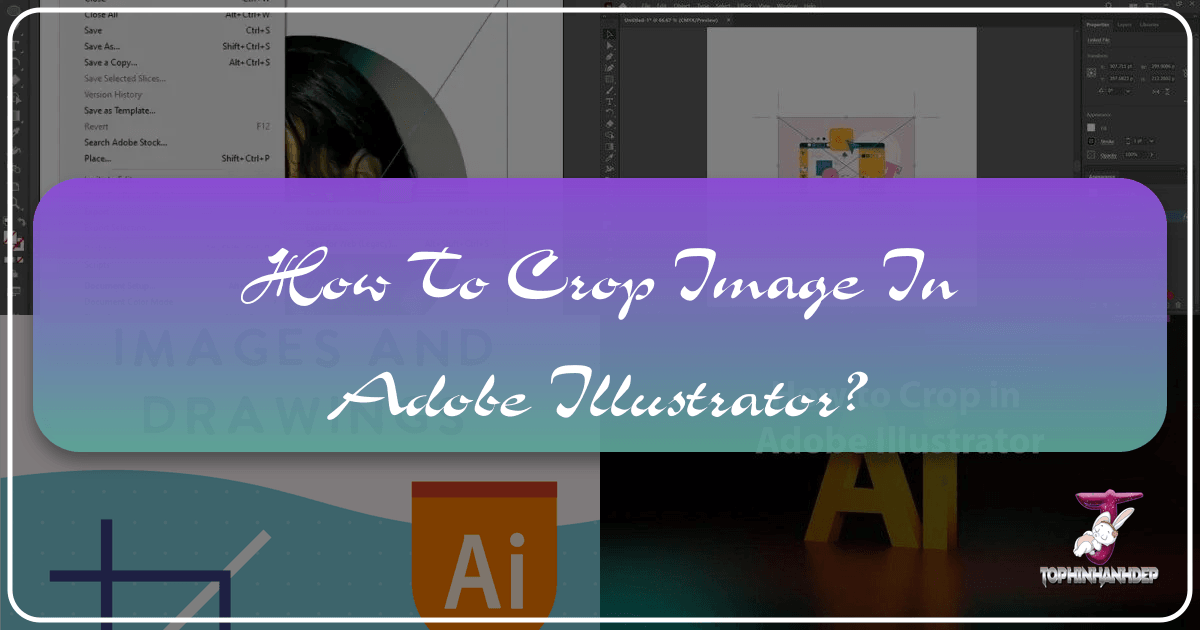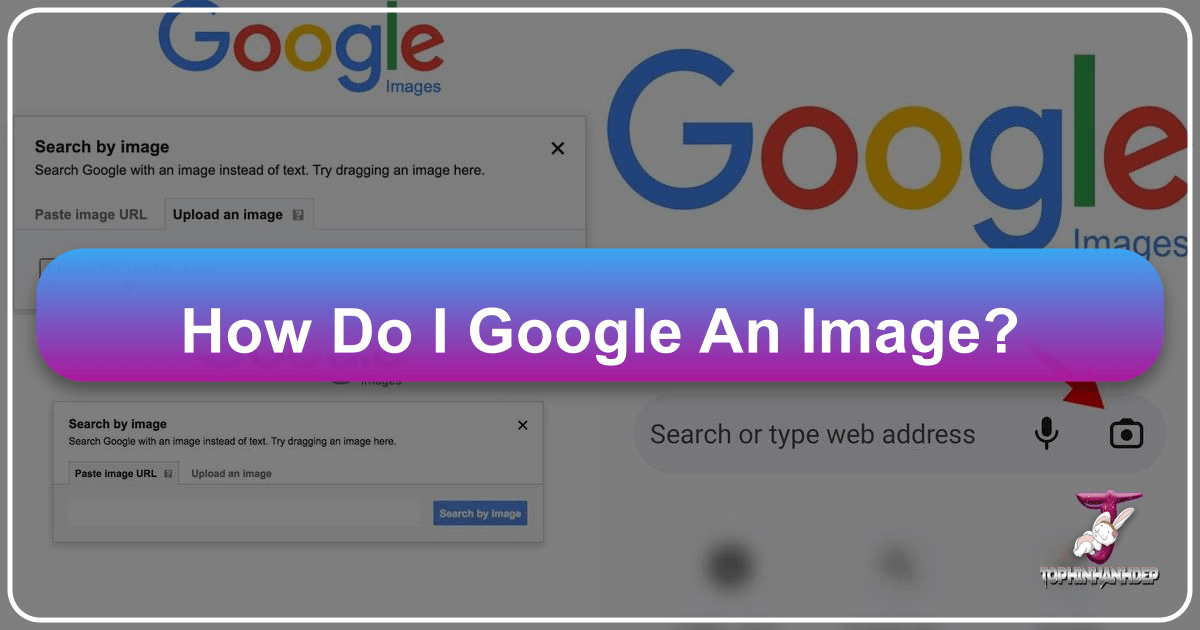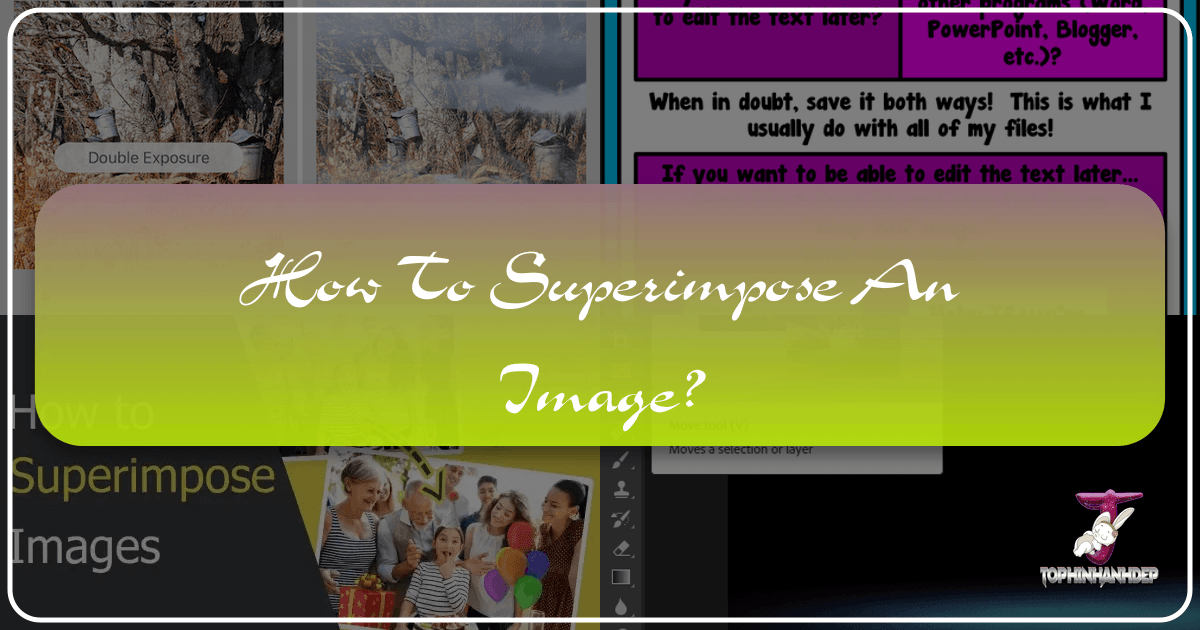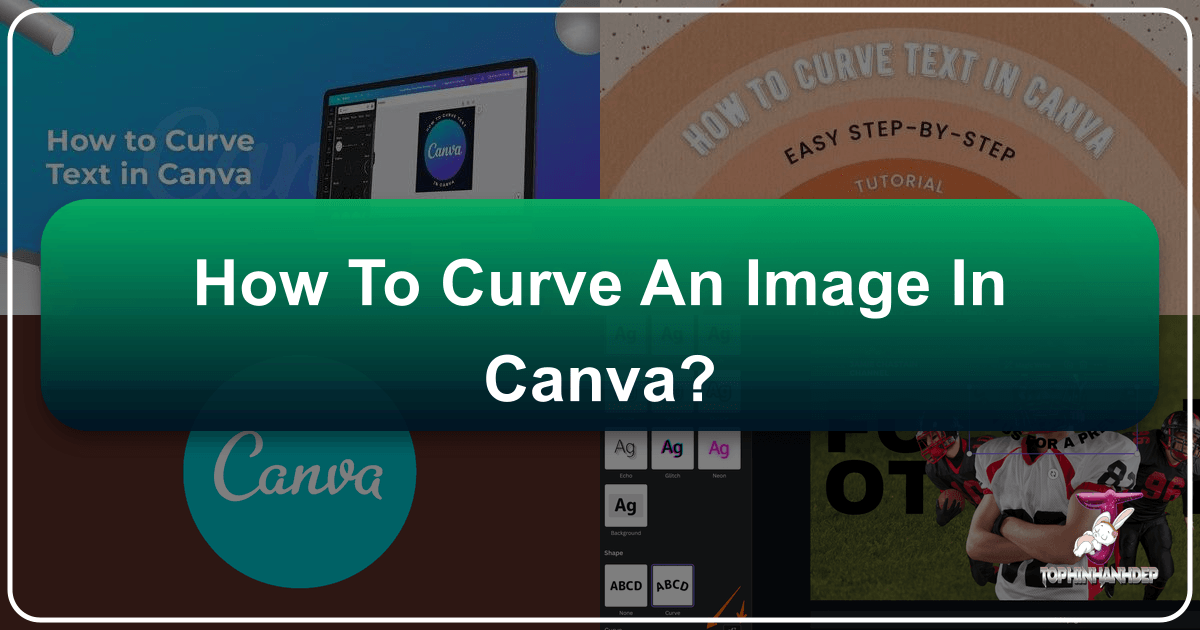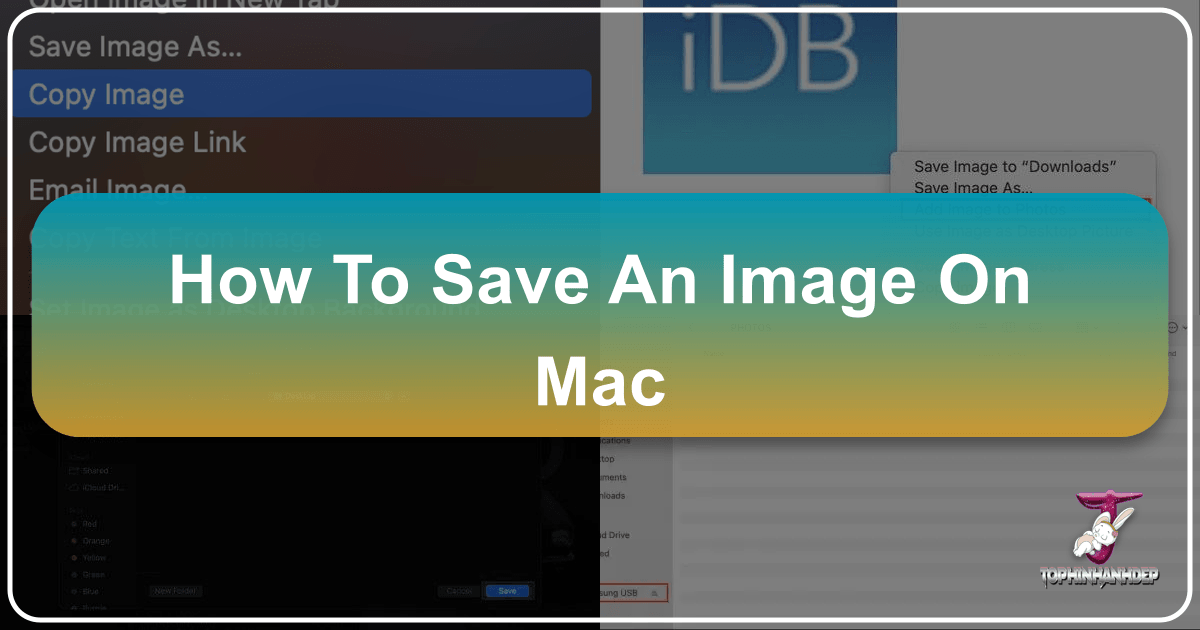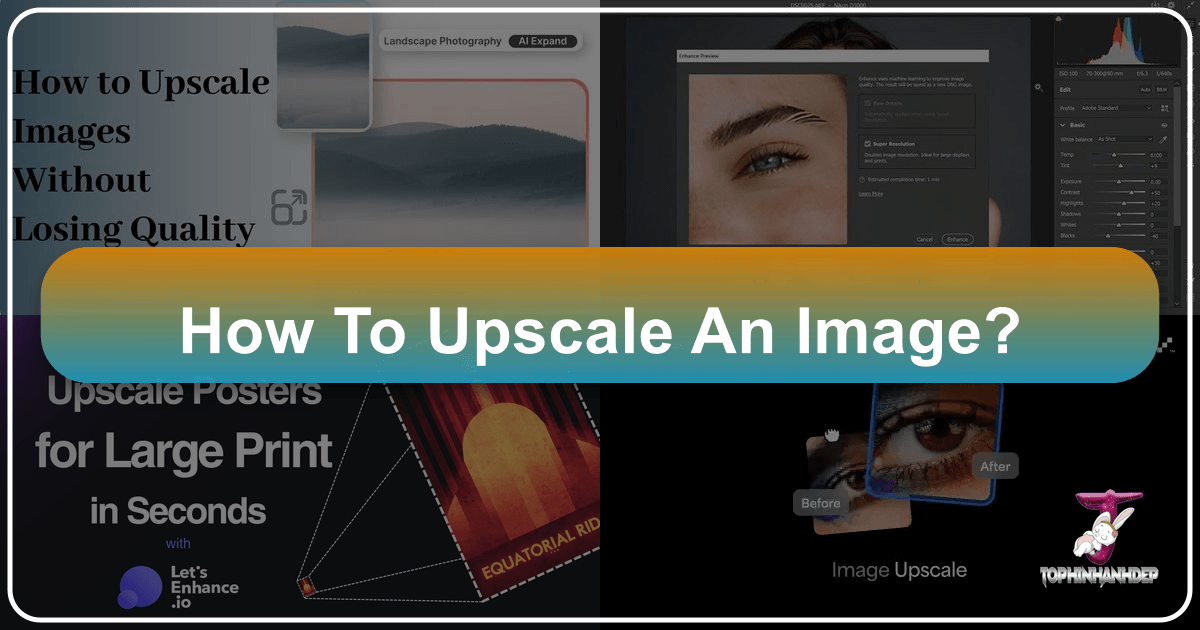How to Crop Images in Adobe Illustrator: Essential Techniques for Stunning Visuals
In the dynamic world of visual content, from captivating wallpapers and artistic backgrounds to professional high-resolution photography and intricate graphic designs, the ability to precisely manipulate images is paramount. At Tophinhanhdep.com, we understand that crafting truly stunning visuals often begins with a fundamental yet powerful technique: cropping. Whether you’re aiming for aesthetic perfection, optimizing an image for a specific platform, or creating a digital art masterpiece, knowing how to crop efficiently in Adobe Illustrator is an indispensable skill.
